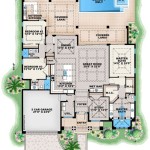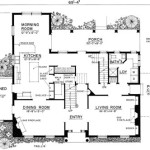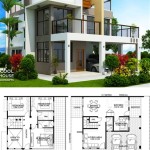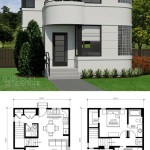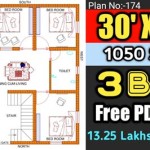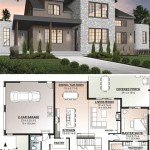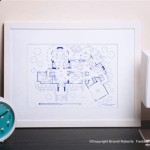Essential Aspects of Floor Plan Designs for Houses
Creating a floor plan design for your house is a crucial step that sets the foundation for your dream home. A well-planned layout not only enhances functionality but also contributes to the overall aesthetic appeal and comfort of your space.
Here are several essential aspects to consider when designing a floor plan for your house:
1. Space Planning:
Determine the appropriate square footage and number of rooms required to meet your needs. Consider the size and shape of each room, as well as the flow of movement between spaces.
2. Traffic Flow:
Ensure a smooth and efficient flow of traffic throughout the house. Avoid creating bottlenecks or narrow corridors that hinder movement. Place high-traffic areas, such as the kitchen and living room, in central locations.
3. Lighting:
Incorporate natural light into your floor plan whenever possible. Position windows and doors to maximize daylight and create a bright and airy atmosphere. Consider using skylights or solar tubes for additional illumination in darker areas.
4. Room Relationships:
Determine the relationships between different rooms. Define which rooms should be connected and which should be separated. For example, the kitchen, dining room, and living room are typically grouped together for convenience, while bedrooms and bathrooms are often located in more private areas.
5. Storage:
Plan for adequate storage throughout the house. Utilize closets, cabinets, and built-in shelves to maximize space and keep clutter at bay. Consider dedicated storage areas for specific items, such as a pantry for groceries or a linen closet for bedding and towels.
6. Outdoor Spaces:
Integrate outdoor spaces into your floor plan. Patios, decks, or balconies extend your living area outdoors and provide opportunities for relaxation and entertainment. Ensure that outdoor spaces are easily accessible from indoor areas.
7. Structural Integrity:
Work closely with an architect or engineer to ensure that the floor plan meets all building codes and structural requirements. Consider factors such as load-bearing walls, supports, and seismic stability.
8. Budget:
Establish a realistic budget for your floor plan design. Consider the cost of materials, labor, and any additional features you desire. Work with your architect or builder to find solutions that meet both your budget and design aspirations.
Remember, creating a functional and aesthetically pleasing floor plan is an iterative process that requires careful planning and attention to detail. By considering these essential aspects, you can create a house that meets your needs and enhances your quality of life.
House Plans How To Design Your Home Plan

House Plans How To Design Your Home Plan

Small House Design 2024001 Pinoy Eplans Floor Plans

Top 40 Unique Floor Plan Ideas For Diffe Areas Engineering Discoveries Bungalow Plans Three Bedroom House

Small House Plans Popular Designs Layouts

Floor Plans Types Symbols Examples

Misty Falls House Plan By Archival Designs

Small House Design Shd 2024007 Pinoy Eplans One Y Bungalow Plans Floor

Tips For Selecting The Right Floor Plan Your Home Sater Design Collection

House Plans How To Design Your Home Plan

